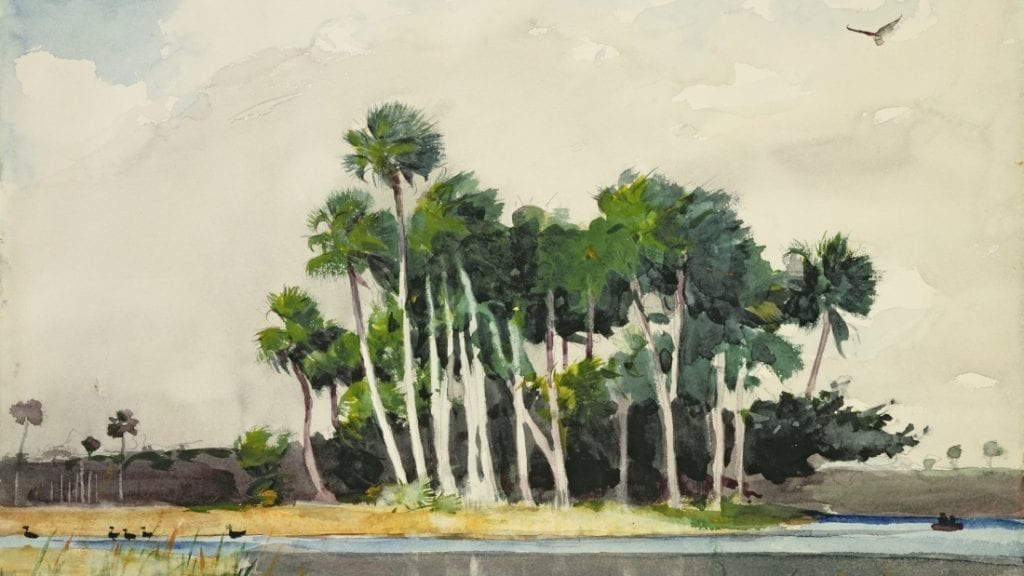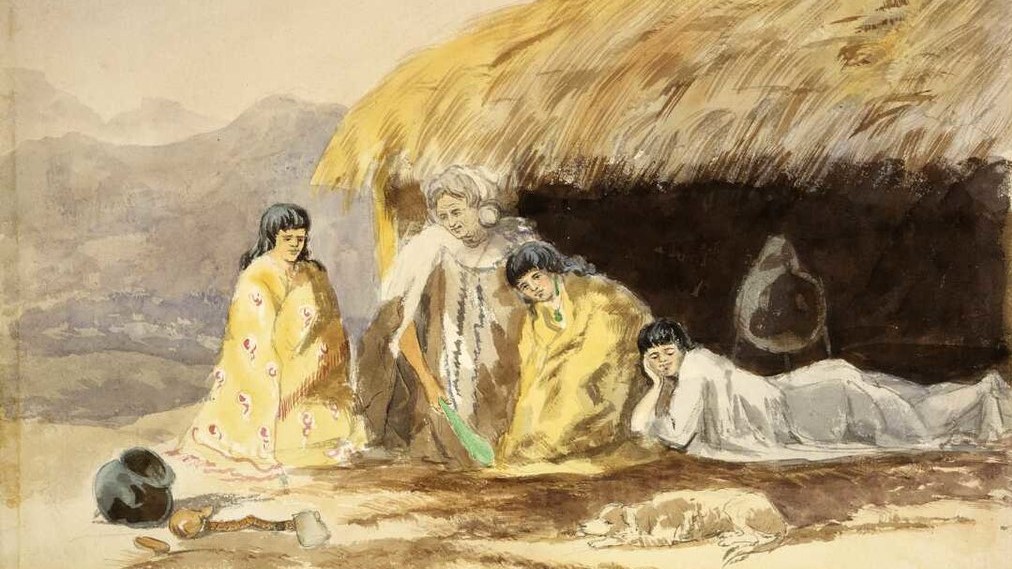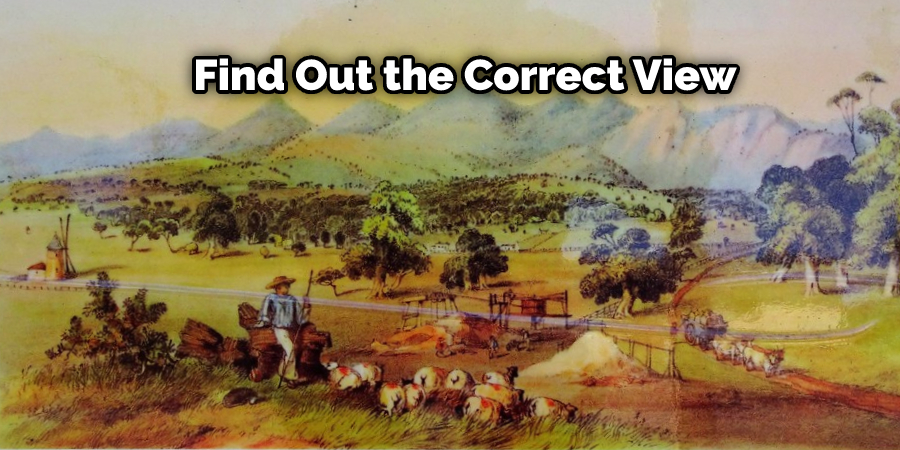How to Reproduce Watercolor Painting
As an artist, one of the challenges I have encountered is that I didn’t store an online copy before artwork has been sold. It can’t be resold before the original is a publisher by the customer. This is why saving a good reproduction of the watercolor painting is essential. It supports the artist and raises the original interest of the purchaser. But the question is how to reproduce watercolor painting? If you are also an artist like me, you must learn the exact way of reproducing a watercolor painting. Don’t worry; I am here to show you the exact way of doing that.

I have a lot of experience making copies of paintings using different printers. I’ve finally found a printer that gives me good results, but it took a lot of trial and error. In this article, I’m going to share some of the things I’ve learned about making copies of watercolor paintings.
How to Reproduce Watercolor Paintings?

You have to gather some equipment first. Let’s have a look at them.
Easel – We are going to use it for holding the artwork upright and in a square shape towards the camera.
Camera – You have to take a good photo of your artwork, and for that, I had used a 35 mm digital camera that has the resolution of 14 megapixels at least.
Electronic Cable Release – It will hold the camera properly. In fact, it also reduces the vibration and releases the shutter.
Tripod – Tripod is needed to keep it at an accurate level. It also plays an important role in reducing shakes and vibrations.
Light Kits – To ensure appropriate lighting around you.
Grey Scale – The greyscale will allow you to ensure the realistic color of your painting
The Process
- First of all, you have to mount your artwork on the easel. Make sure that it is set at an accurate level to the camera lens and upright.
- Then mount the camera to the tripod and ensure the perpendicular angle your camera. It will reduce distortion.
- Now, position the tripod to find out the correct view. In this case, be sure to find the correct view that fits the subject perfectly in your camera.

- Take some photos of your artwork.
- If you are using lights, keep them at 45-degree angles so that the lights can bounce equally into the umbrellas. Remember, lighting is the key, so you have to ensure pinpoint accuracy.
- If you are shooting outside, ensure the proper distribution of lights. Otherwise, it can make the surface of the painting reflective.
- You can also ensure the required exposure with the built-in light meter of the camera. Thus, you are done.
Frequently Asked Questions
What Is a Watercolor Paper Called?
Watercolor paper is often called the watercolor paper or simply water. It is a specially prepared type of art paper used to hold and apply water-based paints, inks, or dyes for painting.
The watercolor paper is made from different materials depending on the type. Some watercolor papers are made from rag paper and gelatin sized for the paintbrush’s size. Watercolor papers are commonly sold as sheets that can be cut into smaller pieces with scissors or by scoring with a utility knife and then folding the sheet lengthwise on the scored line to make a long strip.
The most common sizes of water color papers are 8 x 10 inches (20 x 25 cm) and 12 x 16 inches (30 x 40 cm).
Is Handmade Paper Good for Watercolor?
Yes, handmade paper is good for watercolor. It can be used with any paint or ink. However, if you plan to use a gesso-based paint, you will need to test it out first because the glue in the gesso might cause problems with your paper.
Why Do Graffiti Artist Favor Spray Cans and Airbrushes?
Graffiti artists like to use spray cans and airbrushes because they can cover a lot of space quickly. Spray cans also have different colors that can be mixed together to make new colors, which makes the artwork more interesting.
The use of spray cans and airbrushes is not limited to just graffiti artists; other painters, illustrators, and other artists also use these tools for painting murals or illustrations.
Is Ivory Sheet Good for Watercolor?
Ivory is a type of bone that has many uses, including the manufacture of brushes and other painting implements. Many watercolor artists use ivory to create their paintings because it provides a good texture when used in the medium.
Can You Watercolor on Cardstock?
Spray cans and airbrushes are the favorite tools of graffiti artists because they allow them to cover a large area in a short amount of time. Spray cans also come with different colors that can be mixed together to create different shades, which helps make the work more interesting.
Conclusion
Hopefully, the above steps will be helpful in reproducing your watercolor paintings and help you to reach your goals.




